River Erriff, Coolaney
#1 among attractions in Coolaney
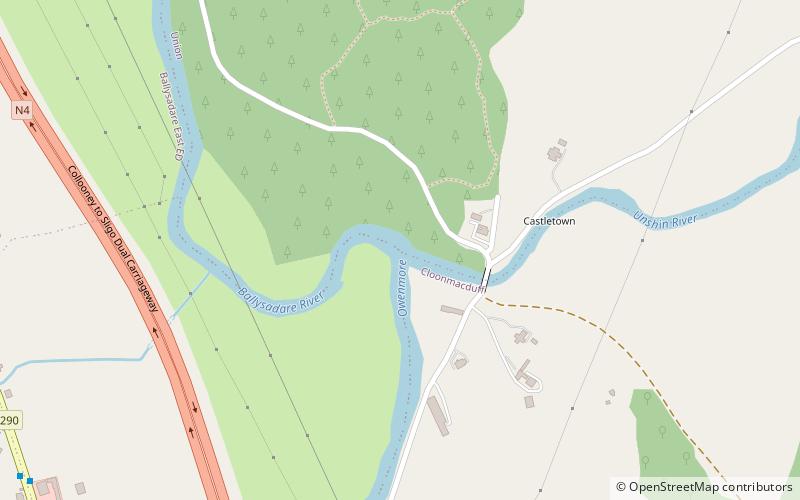

Facts and practical information
The River Erriff is a river in Ireland, flowing through County Mayo. A spate river, it is characterised by lively streams and deep fish-holding pools. Near the mouth of the river a spectacular wallfall called Aasleagh Falls is situated. ()
Coolaney Ireland
River Erriff – popular in the area (distance from the attraction)
Nearby attractions include: Carrowmore, Sligo Abbey, Lough Gill, Cathedral of the Immaculate Conception.
 Complex of Megalithic tombs
Complex of Megalithic tombsCarrowmore, Sligo
110 min walk • Carrowmore Megalithic Cemetery is a prehistoric site nestled in the County of Sligo, Ireland, representing one of the oldest and most significant megalithic complexes in Europe. This sprawling archaeological landscape, a museum of sorts under the open sky, is home...
 1200s Dominican friary with noted altar
1200s Dominican friary with noted altarSligo Abbey, Sligo
143 min walk • Nestled in the heart of the bustling town of Sligo, Ireland, lies Sligo Abbey, a monastic site steeped in history and spirituality. This Dominican friary, founded in the mid-13th century, stands as a testament to the region's rich ecclesiastical heritage and offers...
 Scenic lake with a literary connection
Scenic lake with a literary connectionLough Gill
149 min walk • Nestled in the heart of Yeats Country, the picturesque Lough Gill is a serene freshwater lake in the northwest of Ireland. This idyllic expanse of water is a hidden gem, located in the counties of Sligo and Leitrim, and serves as a tranquil retreat from the bustling...
 Sacred and religious sites, Church
Sacred and religious sites, ChurchCathedral of the Immaculate Conception, Sligo
140 min walk • Nestled in the heart of Sligo, Ireland, the Cathedral of the Immaculate Conception stands as a beacon of faith and history. This impressive church, dedicated to the Virgin Mary, is a pivotal landmark in the city, serving both as a place of worship and a testament...
 Hill with ancient tombs and a large cairn
Hill with ancient tombs and a large cairnKnocknarea, Sligo
153 min walk • Perched on the western coast of Ireland, in the verdant county of Sligo, stands Knocknarea, a commanding limestone hill that is an archaeological site of significant importance. The summit of Knocknarea is crowned by a large mound of stones known as Queen Maeve's...
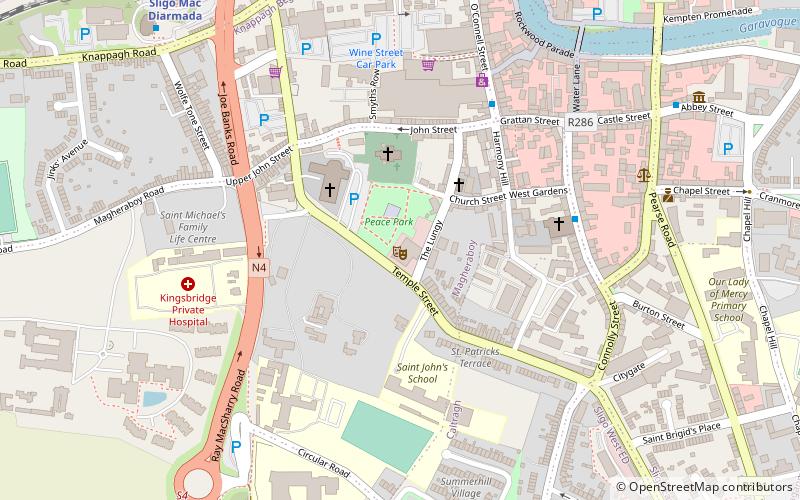 Concerts and shows, Theater
Concerts and shows, TheaterHawk's Well Theatre, Sligo
139 min walk • Nestled in the heart of Sligo, Ireland, the Hawk's Well Theatre stands as a beacon of cultural arts and entertainment. This intimate venue, with a seating capacity that brings audiences up close to the performances, has been a central part of Sligo's cultural landscape...
 Forts and castles
Forts and castlesMarkree Castle
37 min walk • Markree Castle is a castle located in Collooney, County Sligo, Ireland. It is the ancestral seat of the Cooper family, partially moated by the River Unshin. Today it is a small family-run hotel.
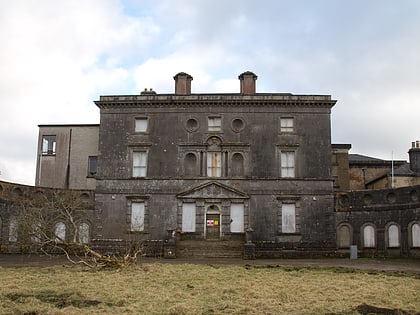 Nature, Natural attraction, Forest
Nature, Natural attraction, ForestHazelwood
128 min walk • Hazelwood is an ancient area of woodland located just over 2 miles outside the town of Sligo in northwest Ireland, in the parish of Calry. It is the setting for W.B.Yeats's The Song of Wandering Aengus.
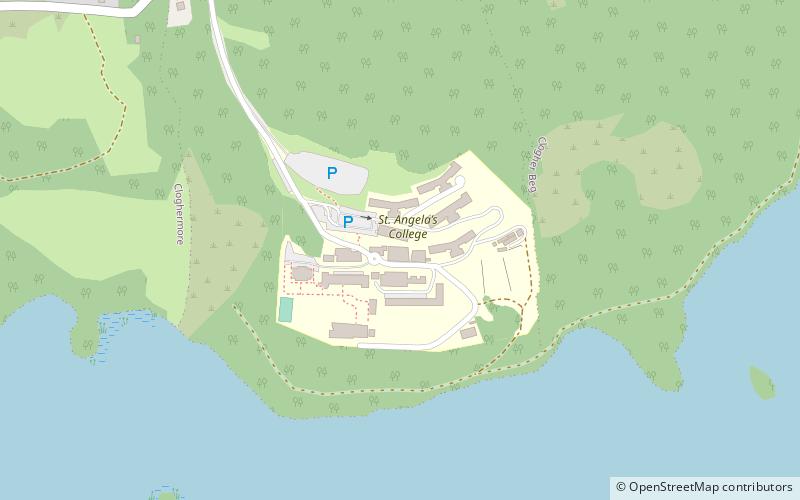 Universities and schools
Universities and schoolsSt. Angela's College, Sligo
160 min walk • St. Angela's College, Sligo is a college of NUI Galway located beside Lough Gill. St. Angela's College have had a strategic partnership with NUI Galway since 2006. St. Angela’s College was founded by the Ursuline Order in 1952 and was a recognised college of the National University of Ireland from 1978-2006.
 Sacred and religious sites, Church
Sacred and religious sites, ChurchSt John the Baptist Cathedral, Sligo
141 min walk • St John the Baptist Cathedral, Sligo or more properly the Cathedral of St Mary the Virgin and St John the Baptist, Sligo but also known as Sligo Cathedral is one of two cathedral churches in the diocese of Kilmore, Elphin and Ardagh in the Church of Ireland.
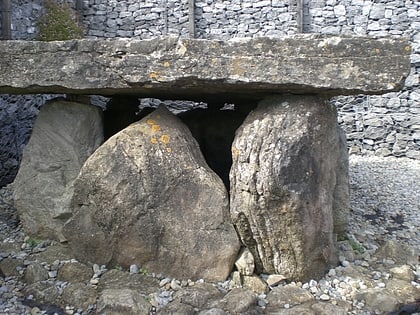 Archaeological site
Archaeological siteListoghil, Ballysadare
113 min walk • Listoghil is the large central monument in the Carrowmore group of prehistoric tombs in County Sligo in Ireland. It was numbered as Carrowmore 51 by George Petrie in 1837 and this designation is still used.
